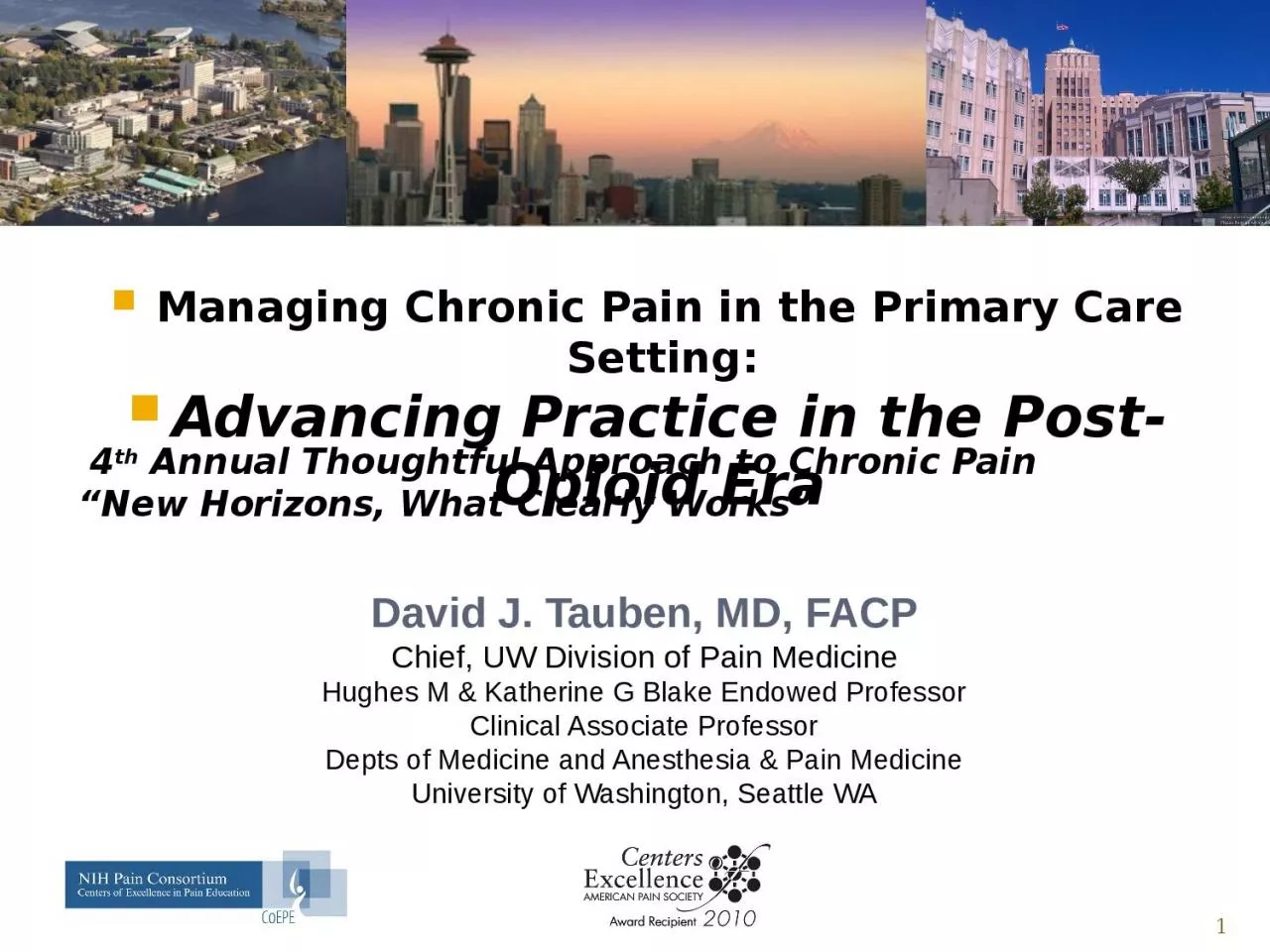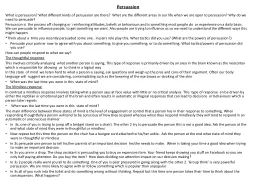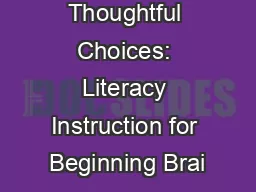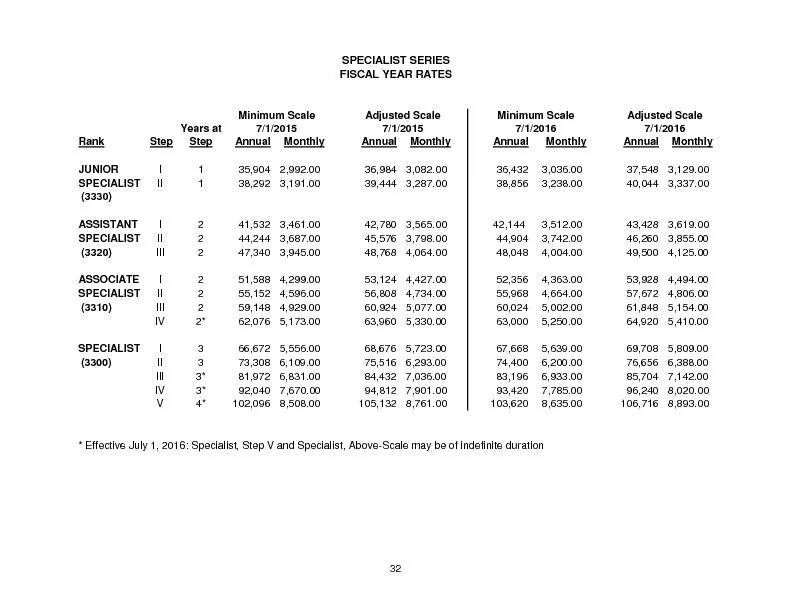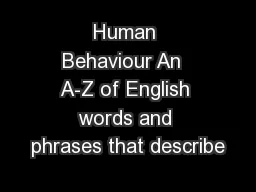PPT-4 th Annual Thoughtful
Author : phoebe | Published Date : 2024-01-29
Approach to Chronic Pain New Horizons What Clearly Works Managing Chronic Pain in the Primary Care Setting Advancing Practice in the PostOpioid Era 1 David
Presentation Embed Code
Download Presentation
Download Presentation The PPT/PDF document "4 th Annual Thoughtful" is the property of its rightful owner. Permission is granted to download and print the materials on this website for personal, non-commercial use only, and to display it on your personal computer provided you do not modify the materials and that you retain all copyright notices contained in the materials. By downloading content from our website, you accept the terms of this agreement.
4 th Annual Thoughtful: Transcript
Download Rules Of Document
"4 th Annual Thoughtful"The content belongs to its owner. You may download and print it for personal use, without modification, and keep all copyright notices. By downloading, you agree to these terms.
Related Documents

